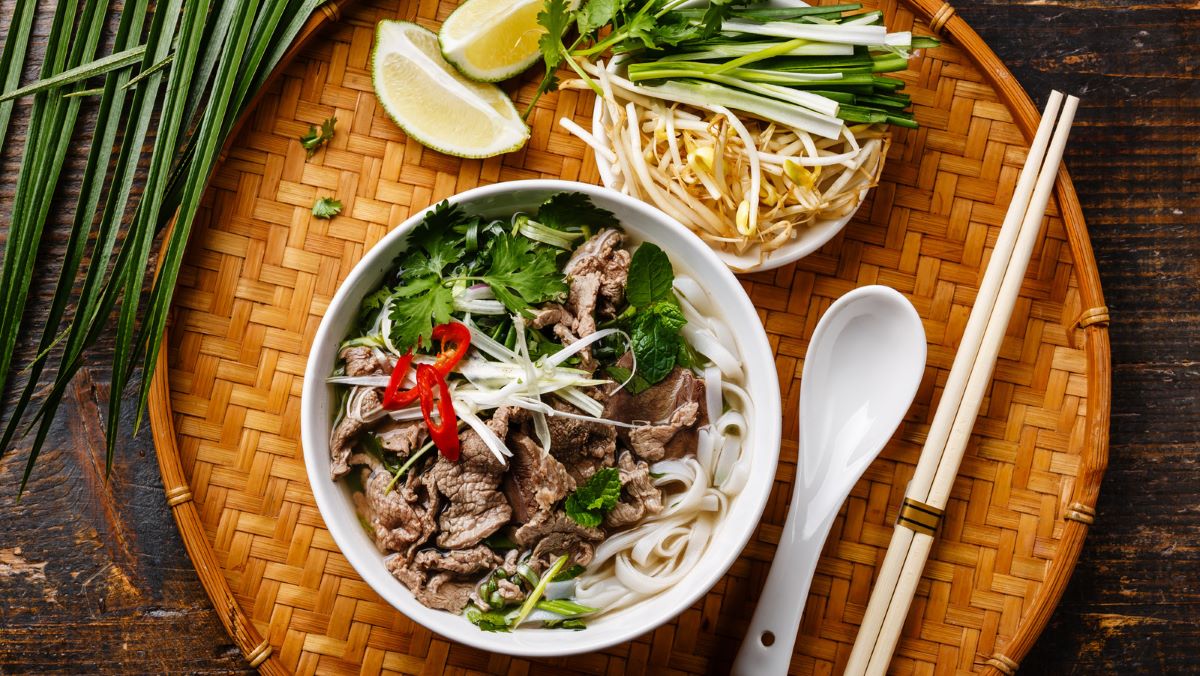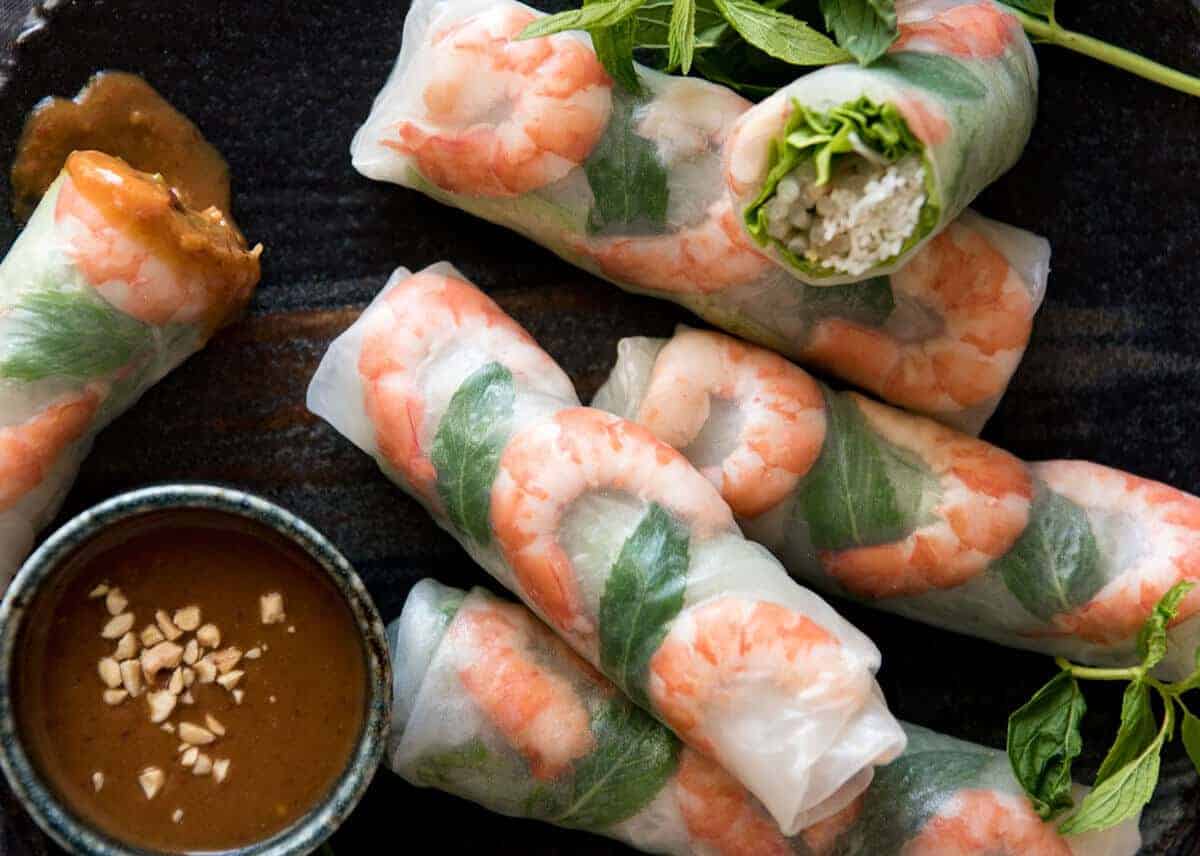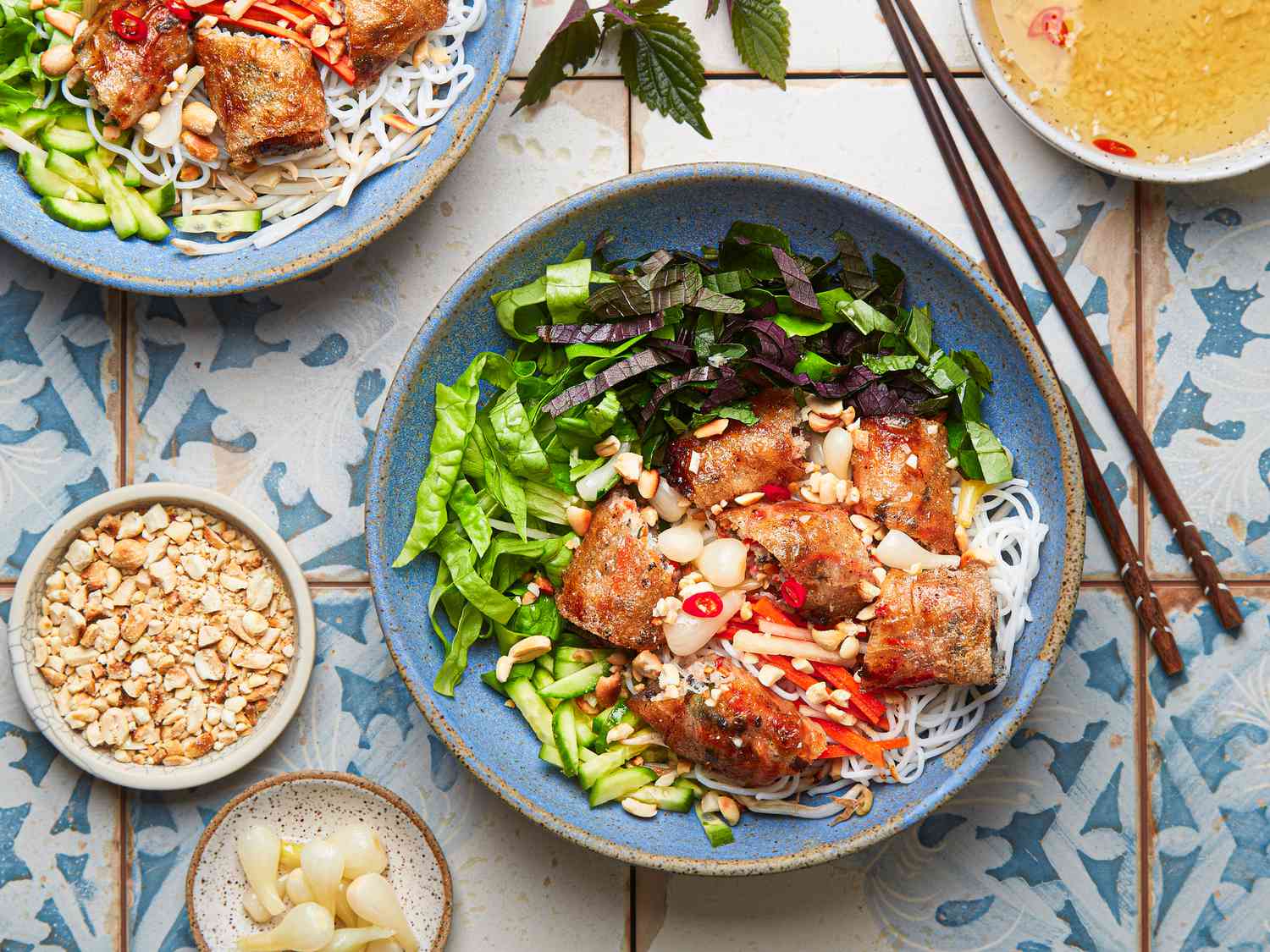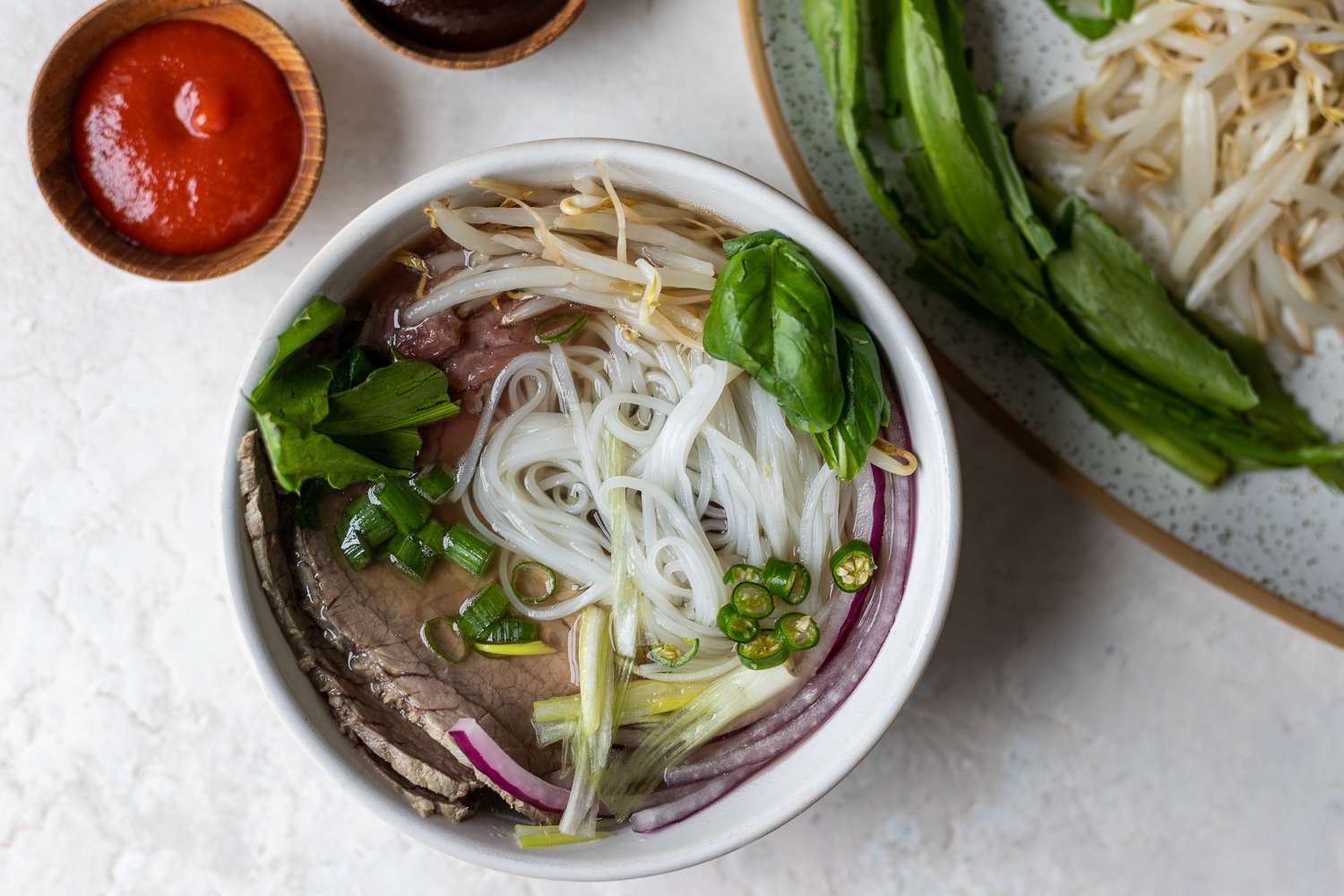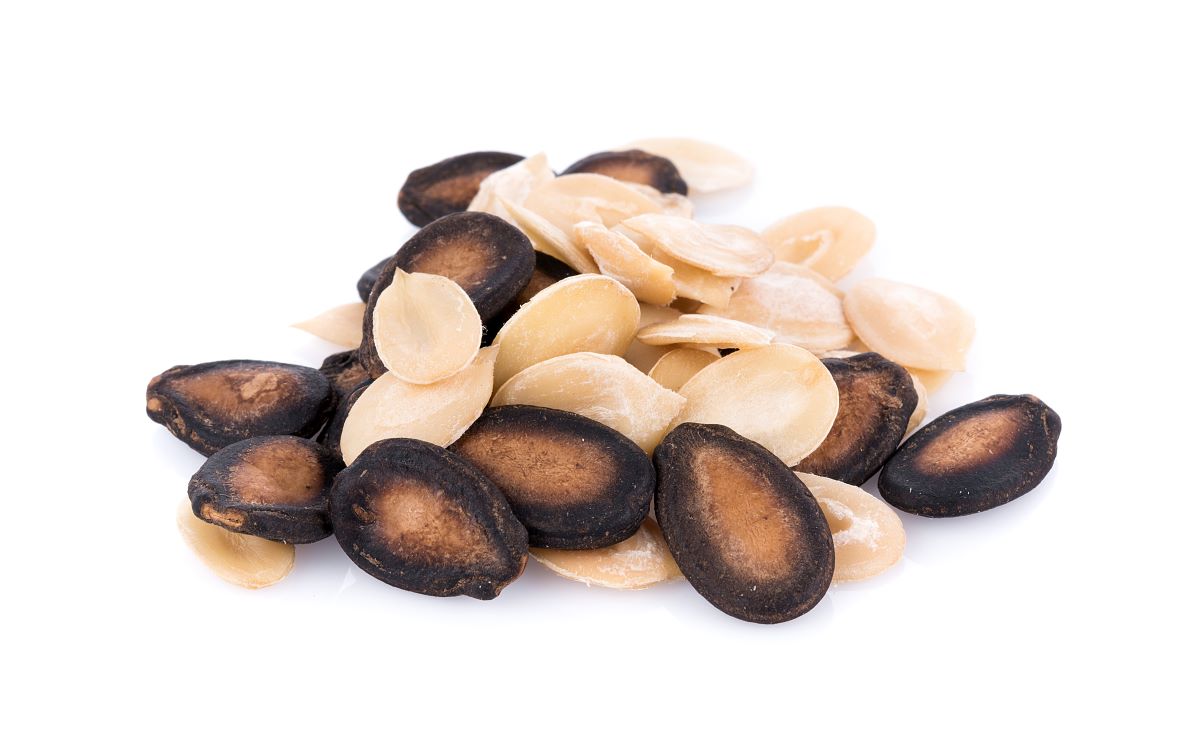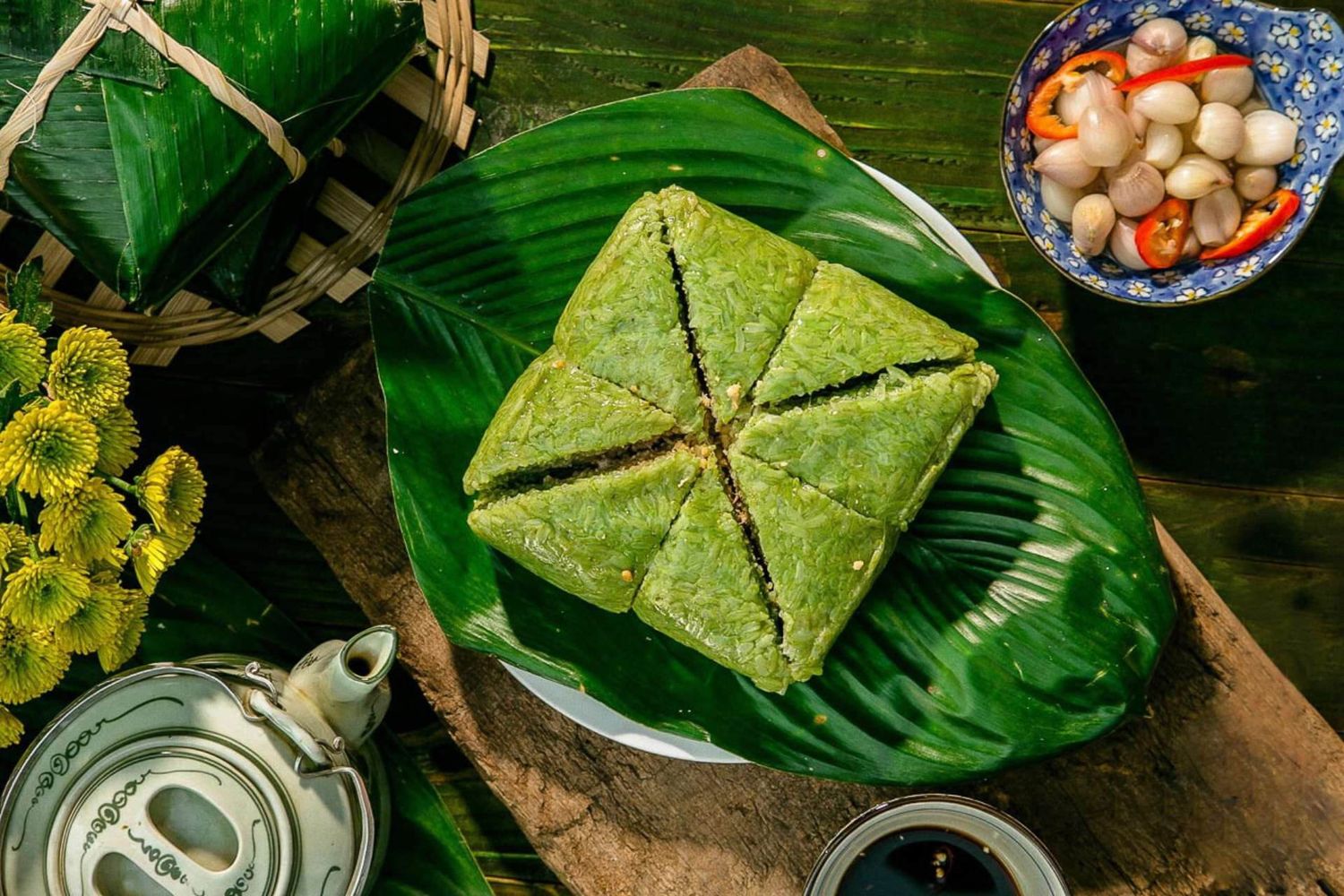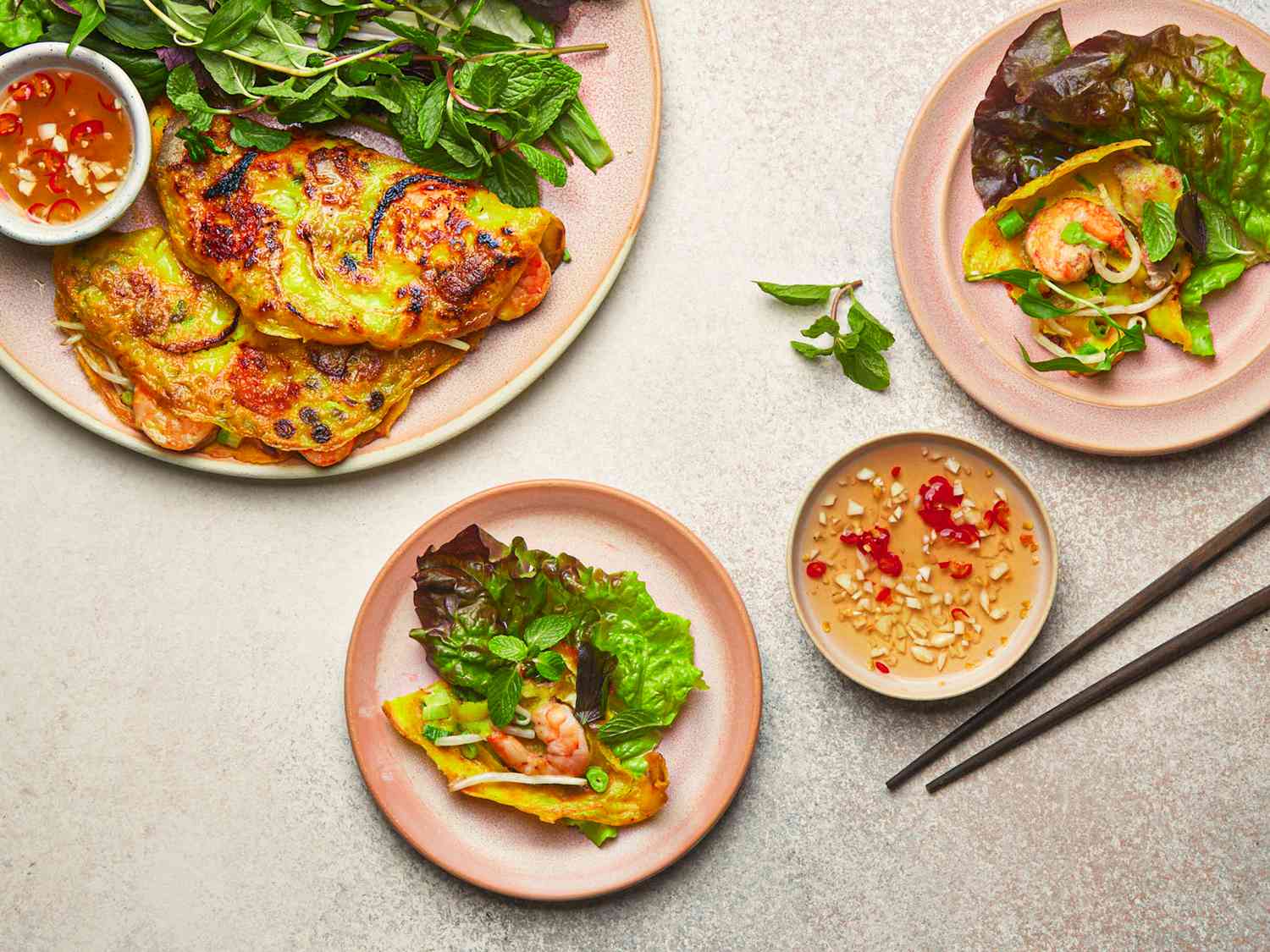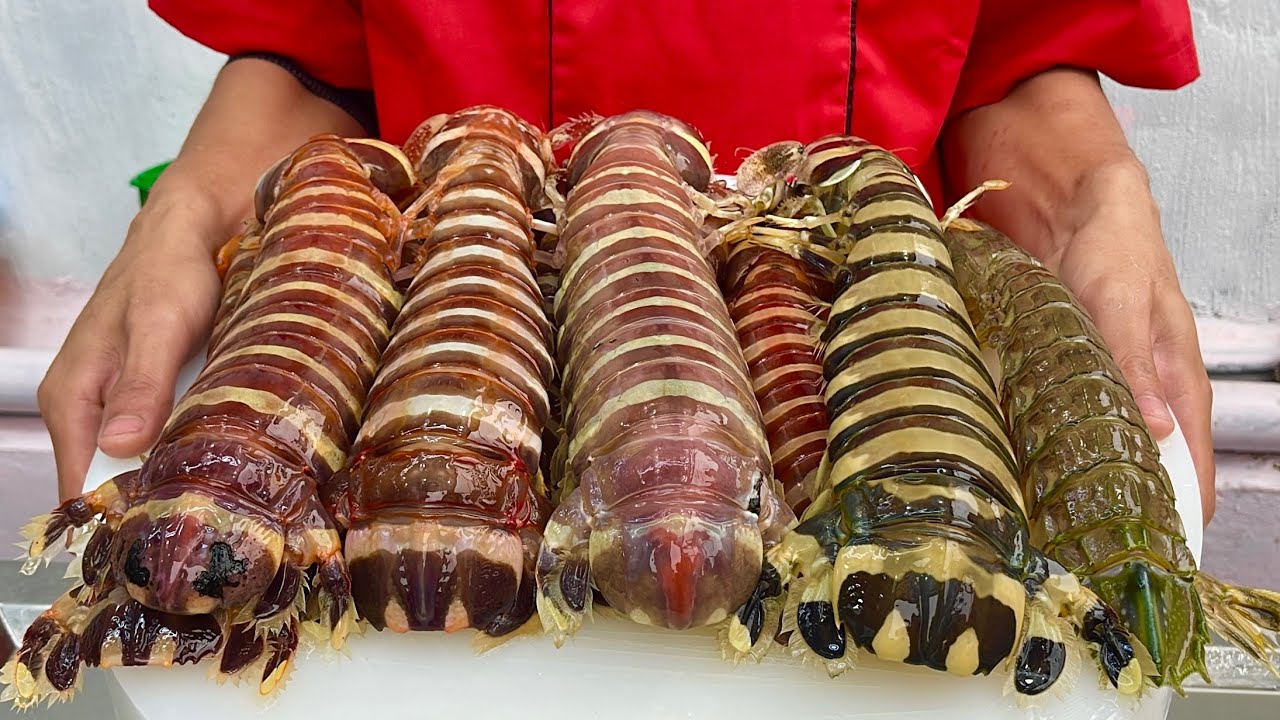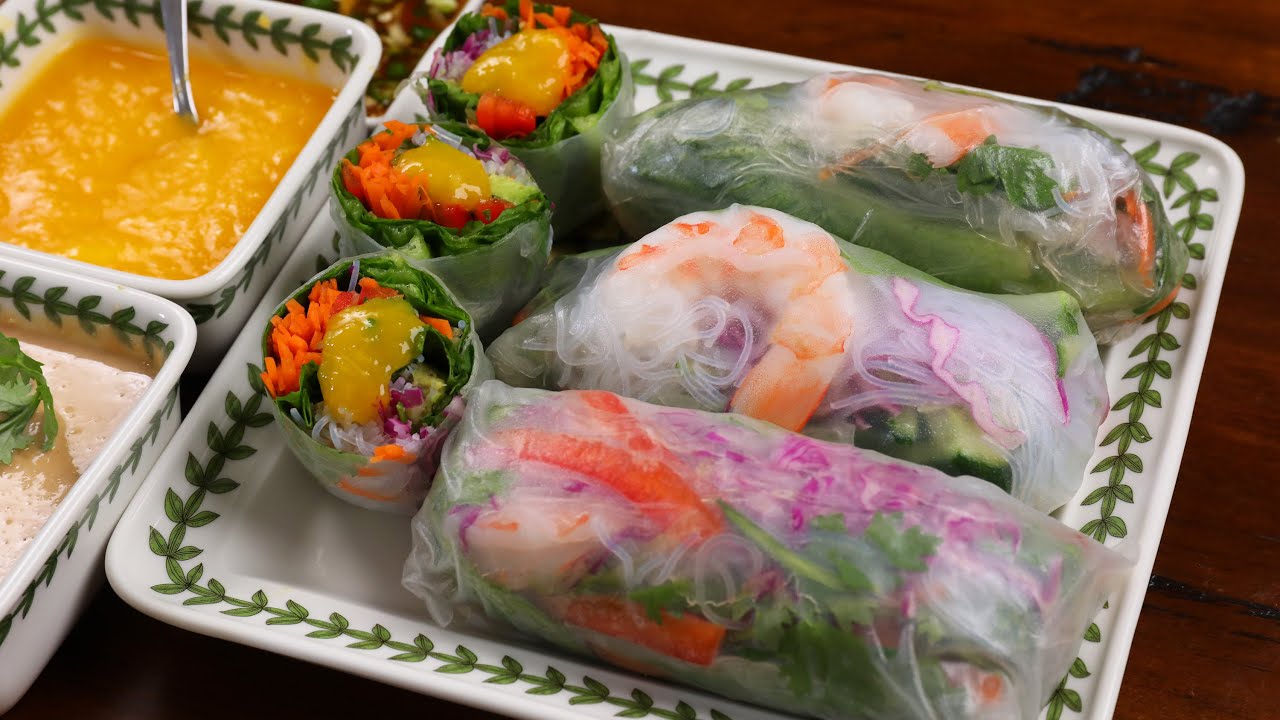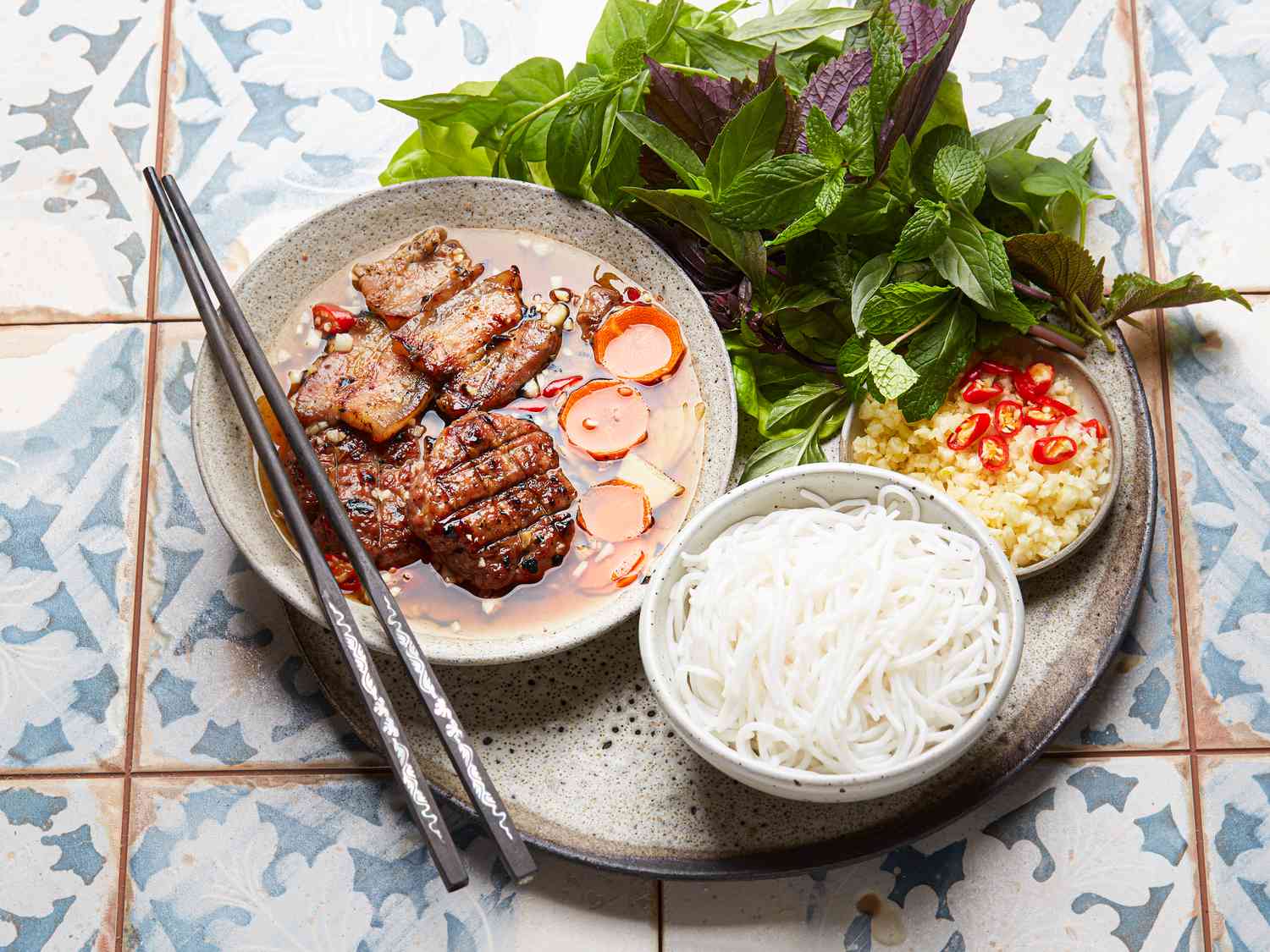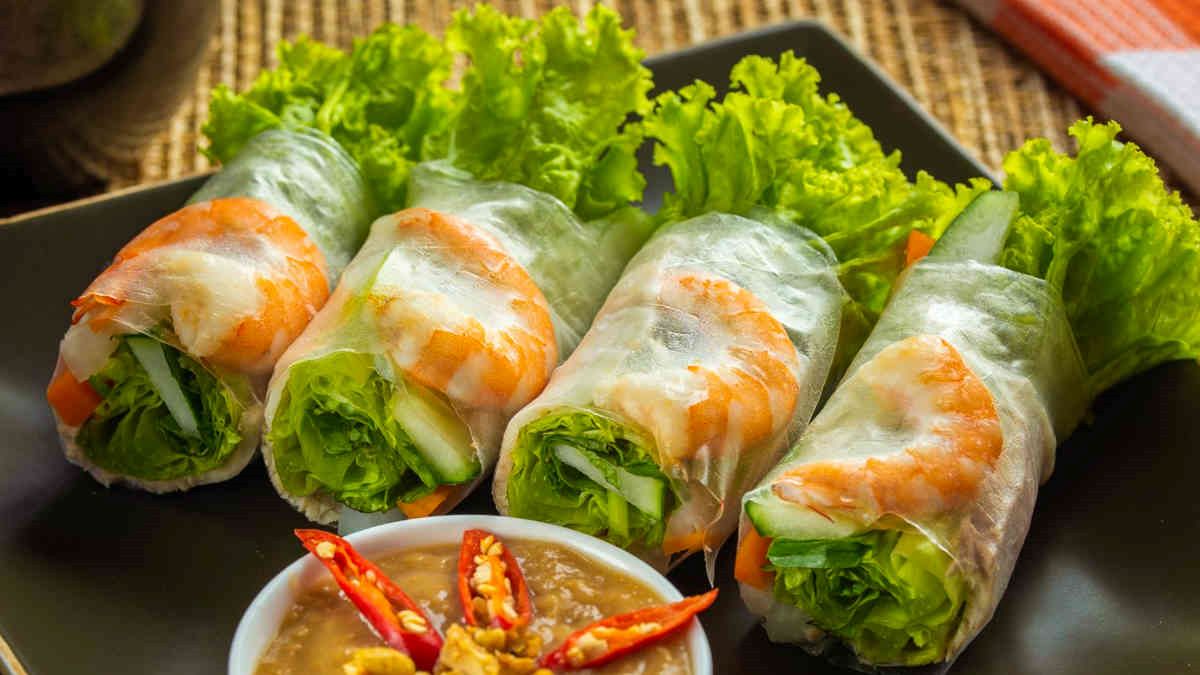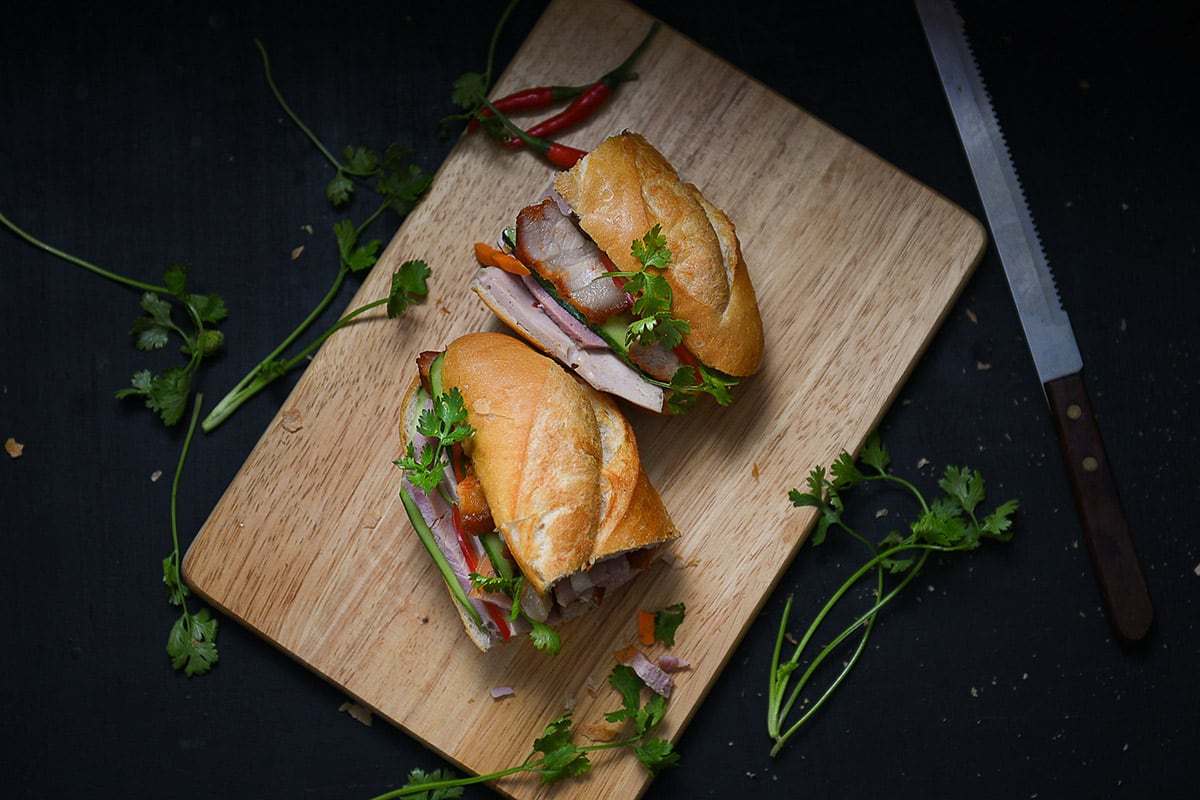Experience the Authentic Flavors of Vietnam
When it comes to Vietnamese cuisine, the flavors, aromas, and textures are a true reflection of the country’s rich culture and history. From savory pho to fresh spring rolls, Vietnamese food offers a delightful array of dishes that are both delicious and nutritious. If you’re eager to explore the culinary traditions of Vietnam and eat like a local, here are some tips to guide you on your gastronomic journey.
Embrace the Art of Balance
Vietnamese cuisine is all about achieving a harmonious balance of flavors. Sweet, sour, salty, bitter, and spicy elements come together to create dishes that are complex and satisfying. Whether you’re indulging in a bowl of pho or savoring a plate of banh xeo, you’ll notice how each bite offers a symphony of tastes that dance on your palate.
Get Acquainted with Fresh Herbs and Vegetables
One of the hallmarks of Vietnamese cuisine is its abundant use of fresh herbs and vegetables. Mint, cilantro, Thai basil, and lemongrass are just a few examples of the aromatic ingredients that lend Vietnamese dishes their distinctive flavors. When dining like a real Vietnamese, be sure to embrace the abundance of fresh herbs and vegetables that accompany many traditional dishes.
Explore the World of Street Food
In Vietnam, some of the most memorable culinary experiences can be found on the bustling streets. From fragrant noodle soups to crispy pancakes, street food vendors offer a diverse selection of dishes that capture the essence of Vietnamese cuisine. Banh mi, bun cha, and goi cuon are just a few street food delights that you won’t want to miss. So, be sure to venture out and explore the vibrant street food scene to truly eat like a local.
Master the Art of Noodle Dishes
Noodles are a staple in Vietnamese cuisine, and mastering the art of noodle dishes is essential for eating like a real Vietnamese. Whether it’s the iconic pho, the flavorful bun bo Hue, or the refreshing bun thit nuong, Vietnamese noodle dishes offer a delightful medley of textures and flavors. Thin rice noodles, thick rice noodles, and vermicelli are just a few varieties that you’ll encounter, each adding its own unique touch to the dish.
Indulge in the Ritual of Drinking Vietnamese Coffee
Vietnamese coffee is not just a beverage; it’s a cultural ritual that embodies the essence of Vietnamese hospitality. Whether you prefer it hot or iced, with condensed milk or black, sipping on a cup of Vietnamese coffee is an experience that shouldn’t be missed. The rich, bold flavors of Vietnamese coffee are a perfect complement to the country’s vibrant culinary landscape.
Appreciate the Simplicity of Rice
Rice is a fundamental component of Vietnamese cuisine, and its versatility is truly remarkable. Whether it’s steamed jasmine rice, fragrant coconut rice, or crispy broken rice, the role of rice in Vietnamese dishes is not to be overlooked. Complementing stir-fries, soaking up flavorful broths, or serving as a base for grilled meats, rice plays a central role in Vietnamese dining traditions.
Conclusion
Exploring the culinary world of Vietnam is a journey that promises to delight your senses and expand your palate. By embracing the art of balance, savoring fresh herbs and vegetables, indulging in street food, mastering noodle dishes, sipping on Vietnamese coffee, and appreciating the simplicity of rice, you can truly eat like a real Vietnamese. So, the next time you sit down to a Vietnamese meal, savor each bite and immerse yourself in the rich tapestry of flavors that this vibrant cuisine has to offer.
